Coastal
Earth’s oceans make up around 96.5% of the planet’s water. Wherever land meets the sea, coastal habitats are formed. With approximately 31,000km of coastline, the UK is home to many diverse coastal habitats. Towering cliffs are used by nesting seabirds, and sand and shingle beaches play host to breeding seals. Our windswept sand dunes shelter rare reptiles and amphibians, and salt-marshes and mudflats feed millions of waders. Our coastlines are forever shifting, shaped by changing sea levels, erosion and fierce storms.
With rising sea levels, half of Europe’s important coastal wetlands are expected to disappear, putting extra pressure on our already struggling wildlife. Currently over 50% of species living in coastal habitats have an ‘unfavourable’ conservation status!
This ever advancing tide has increased the demand for artificial sea defences. However these barriers can have a negative impact on our wildlife-rich coasts. Sea defences stop the tide from naturally moving further inland meaning many soft shorelines are being destroyed rather than building up naturally.
Thanks to conservation and economic initiatives, in some places artificial sea defences are deliberately being breached. This means coastal habitats such as saltmarshes are forming further inland and functioning as effective natural sea defences. Through this process the loss of land is offset by the reduced financial and economic costs associated with maintaining sea defences. More about the work being done to restore coastal habitats can be found here.
Read more-
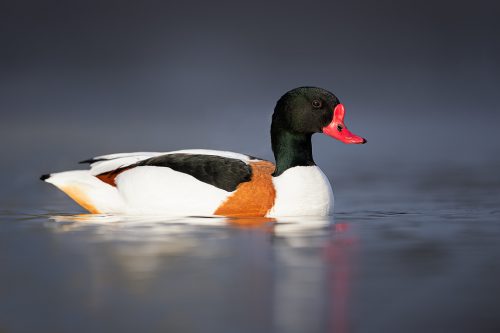
Shelduck
£35.00 – £362.00 Select options -
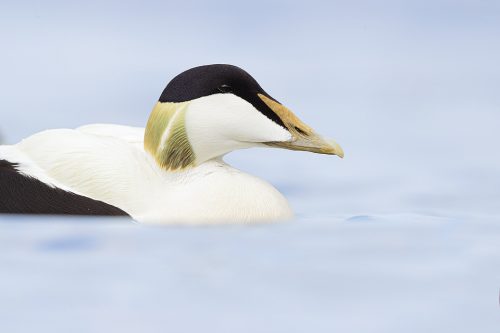
Eider Drake
£35.00 – £362.00 Select options -
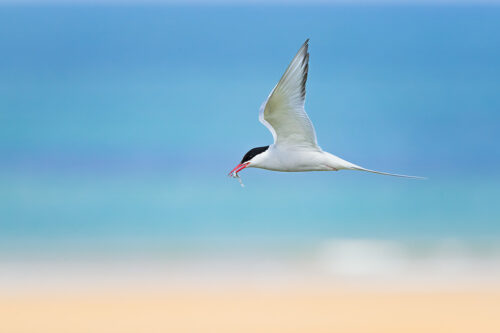
Artic Tern in Flight
£35.00 – £362.00 Select options -
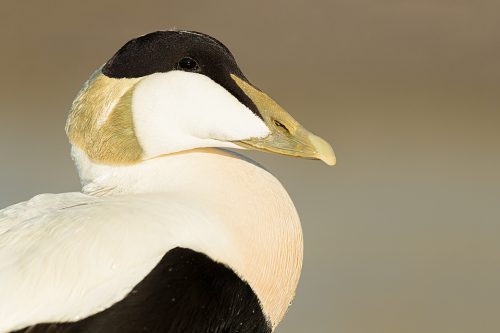
Eider Duck
£35.00 – £362.00 Select options -
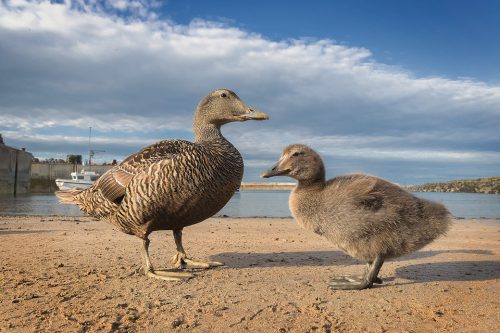
Eider Ducks
£35.00 – £362.00 Select options -
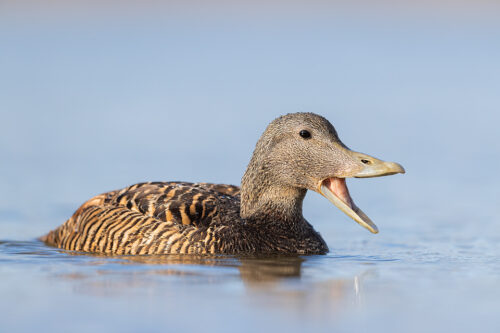
Eider Mallard Beak Stretch
£35.00 – £362.00 Select options -
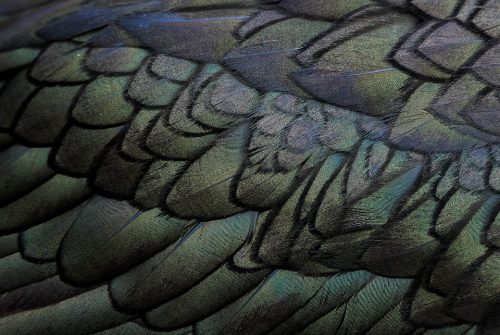
Shag Details
£35.00 – £362.00 Select options -

Bonding Shags
£35.00 – £362.00 Select options